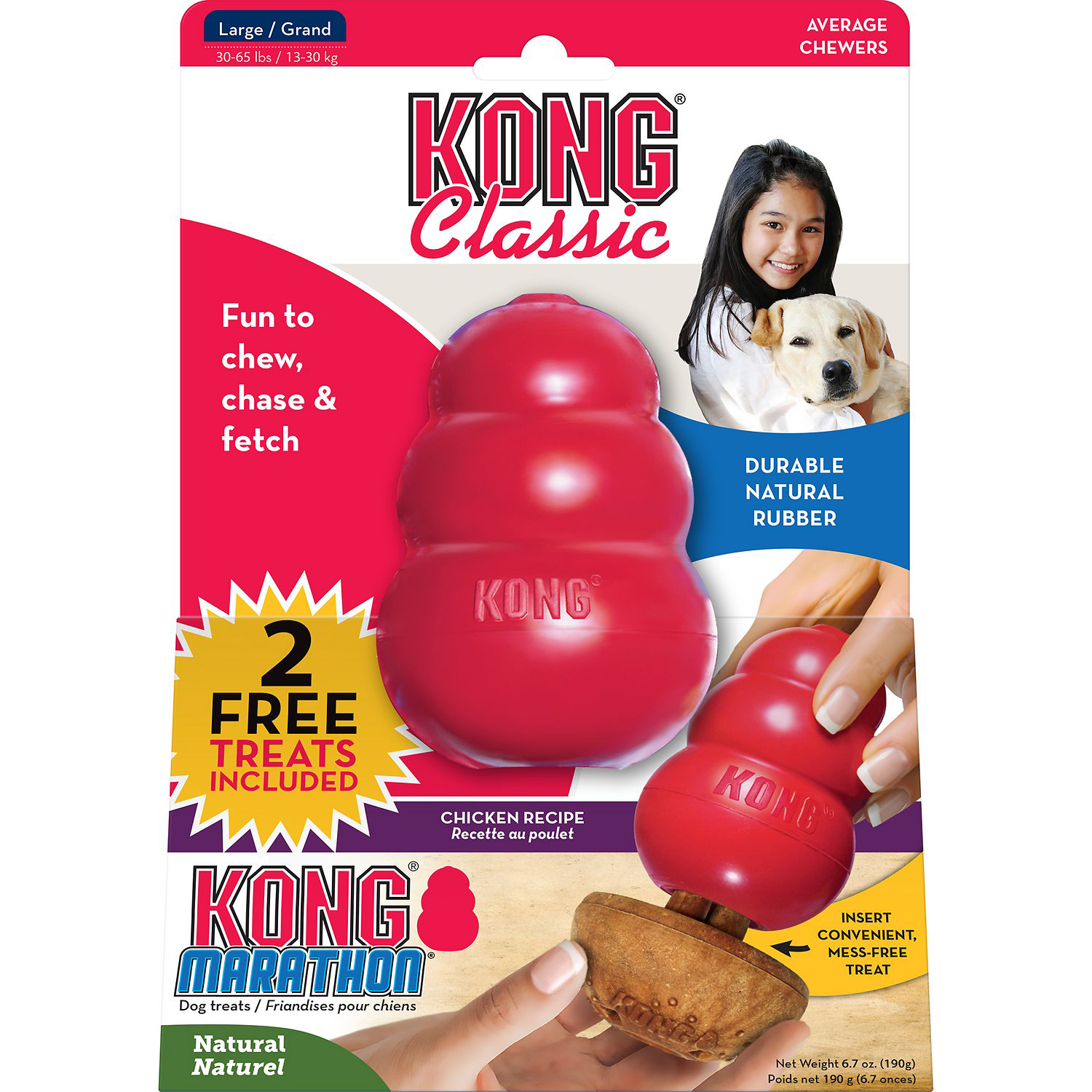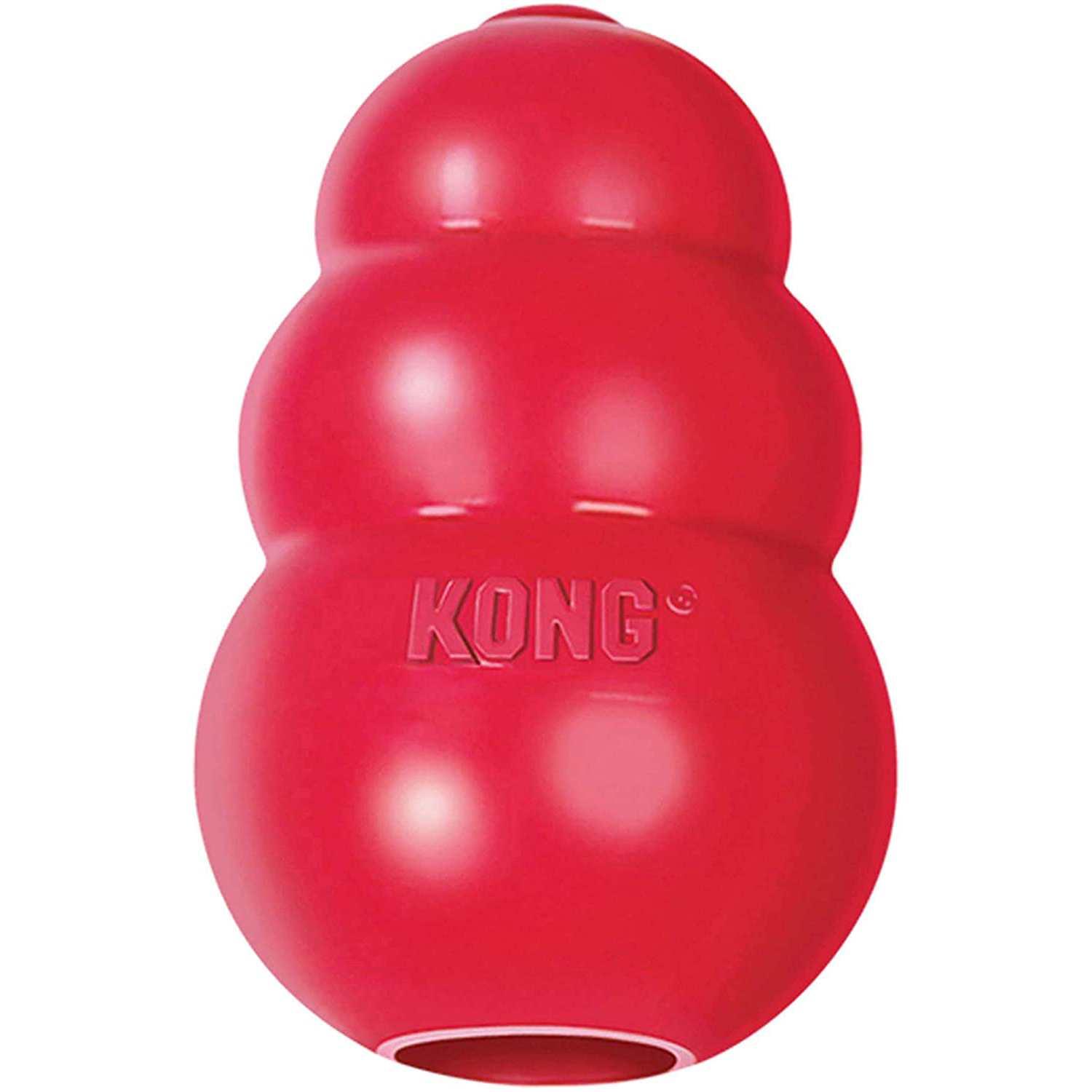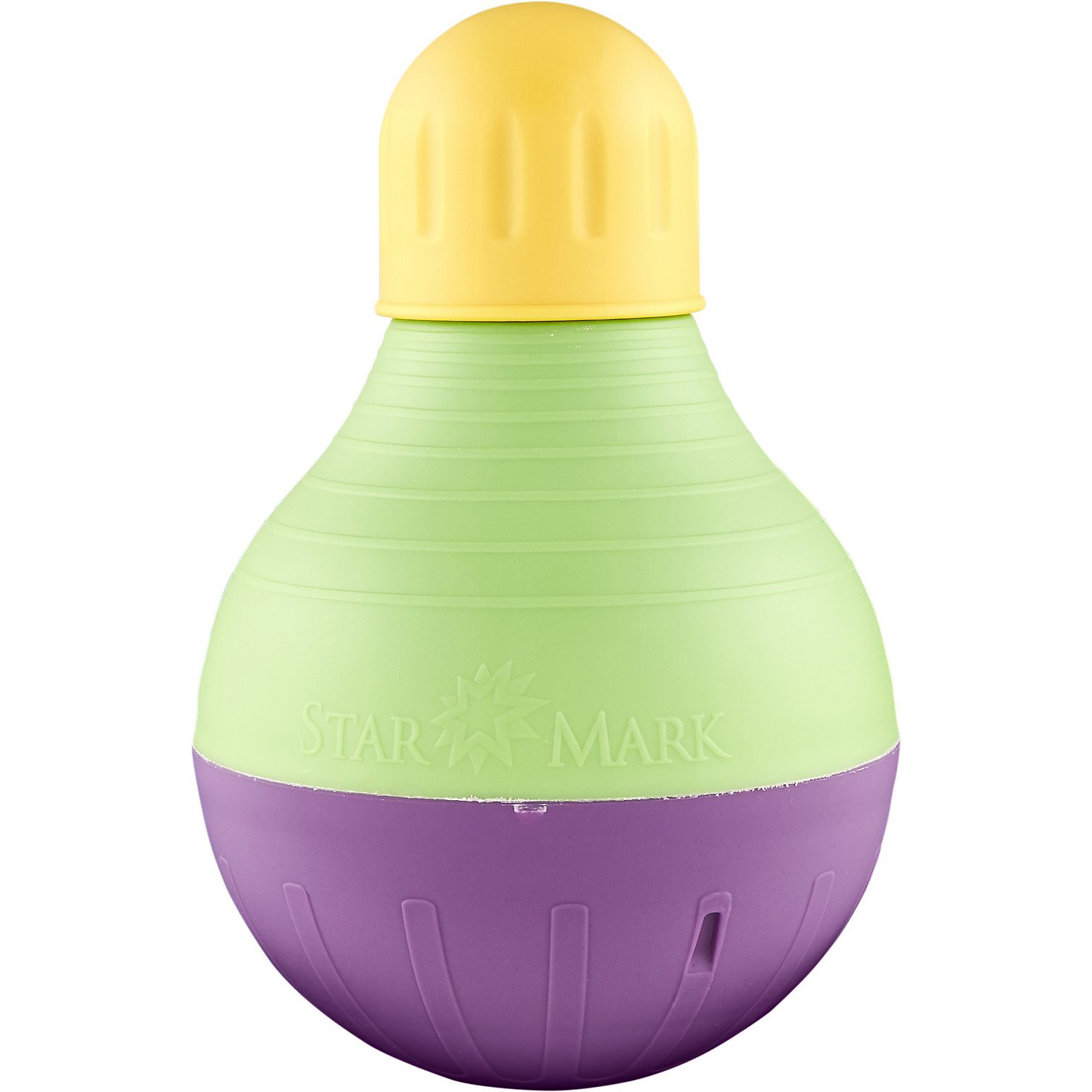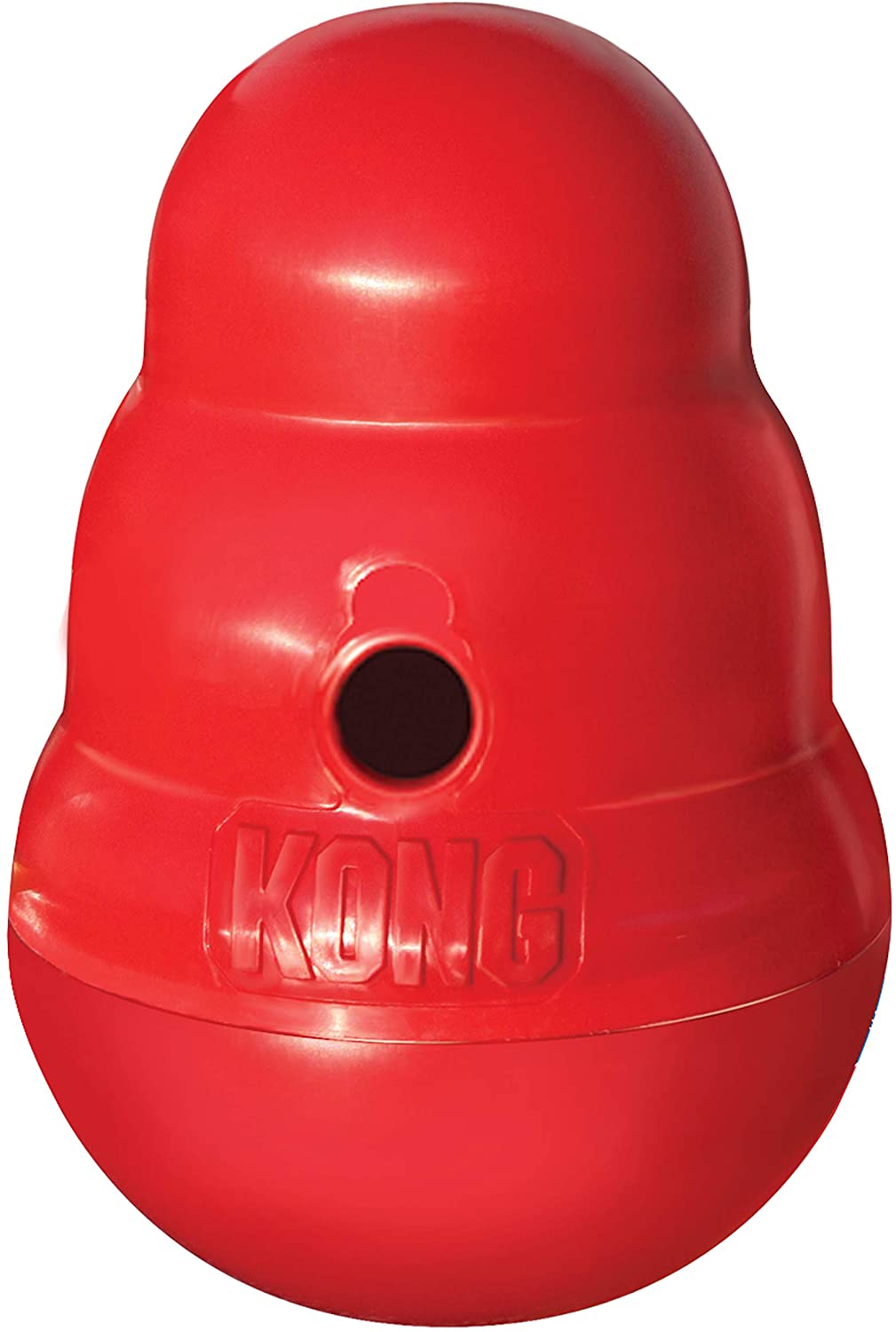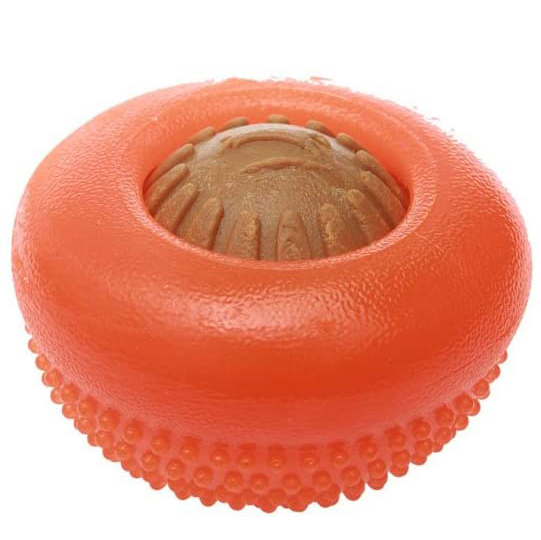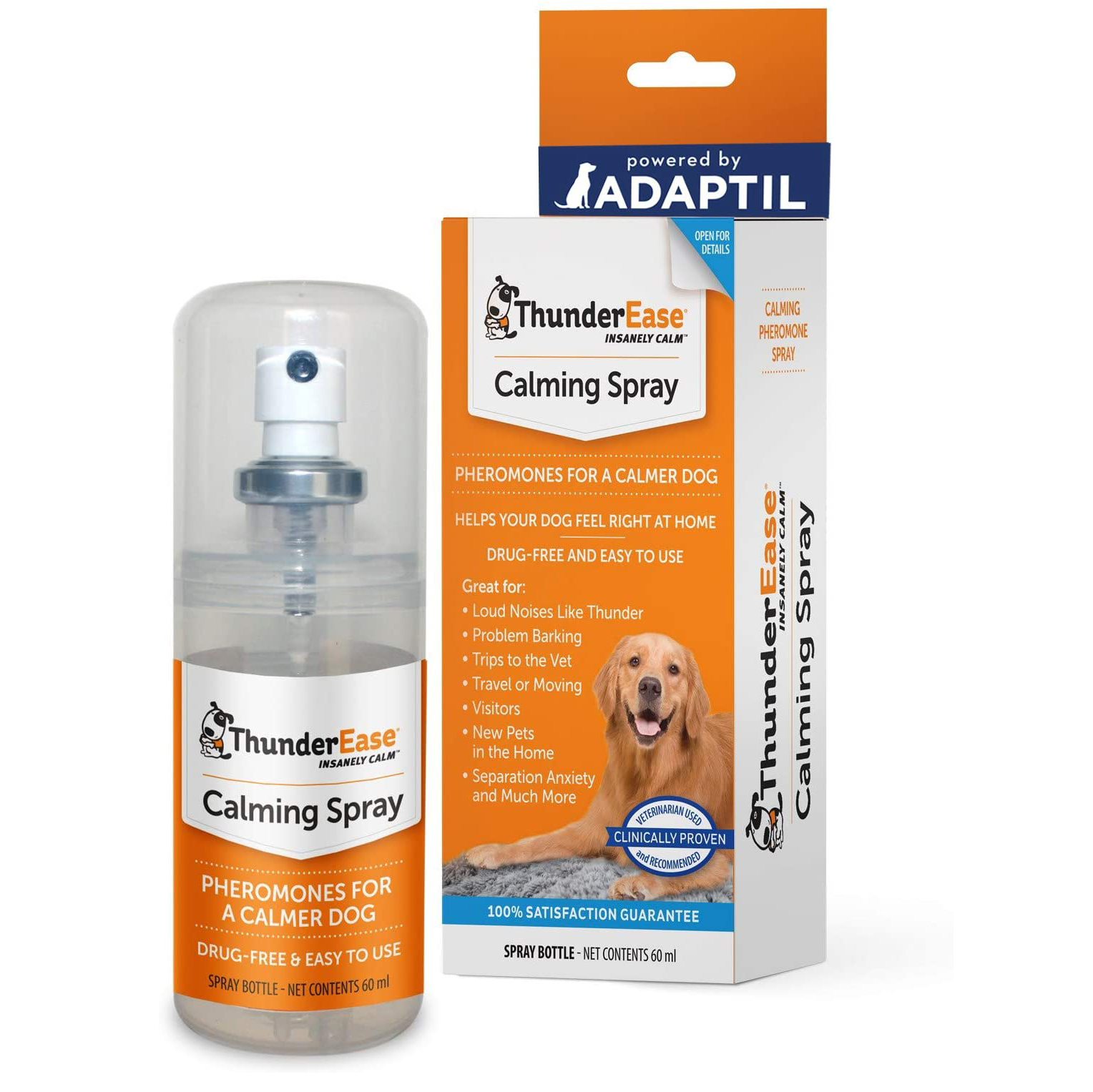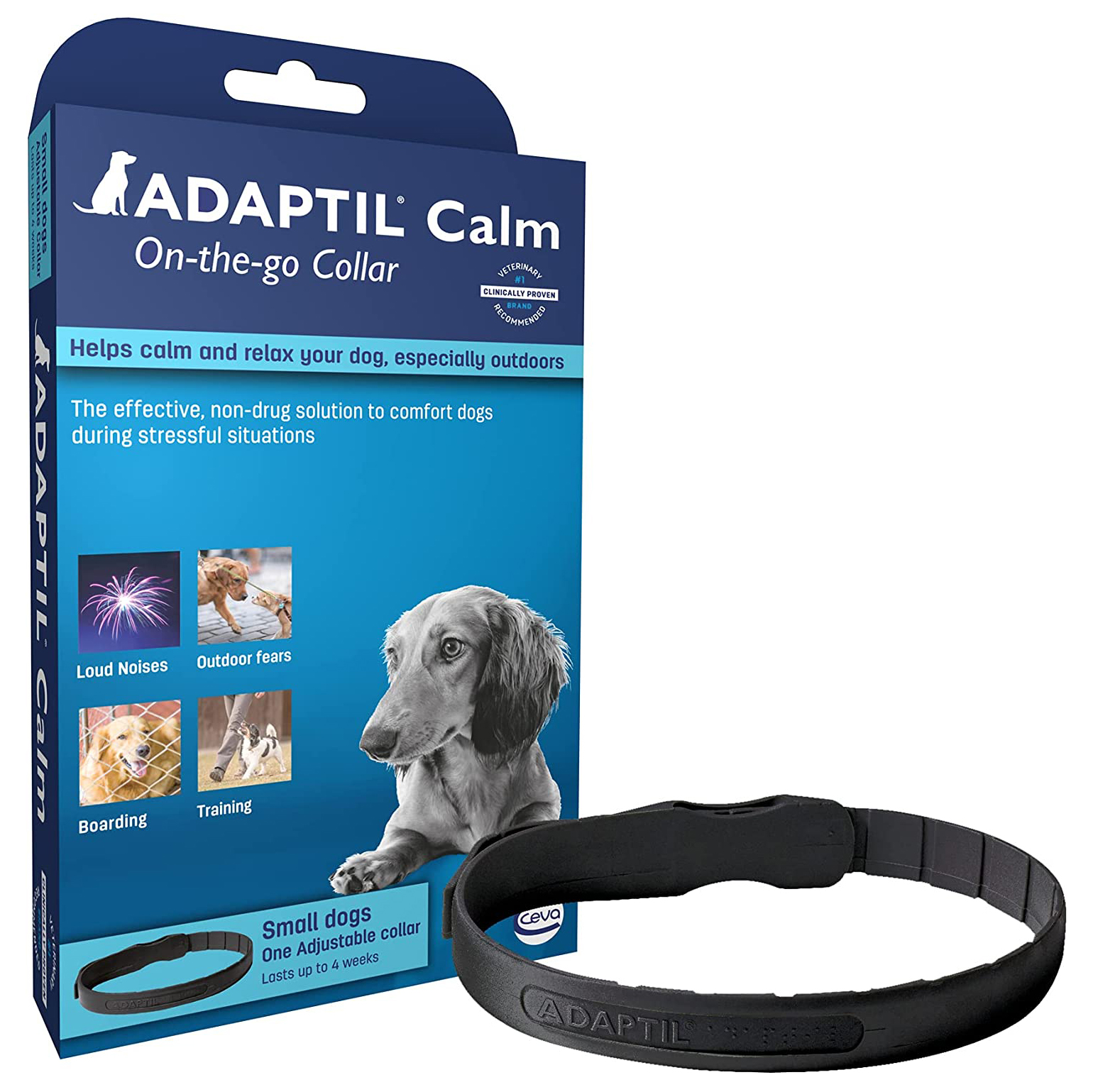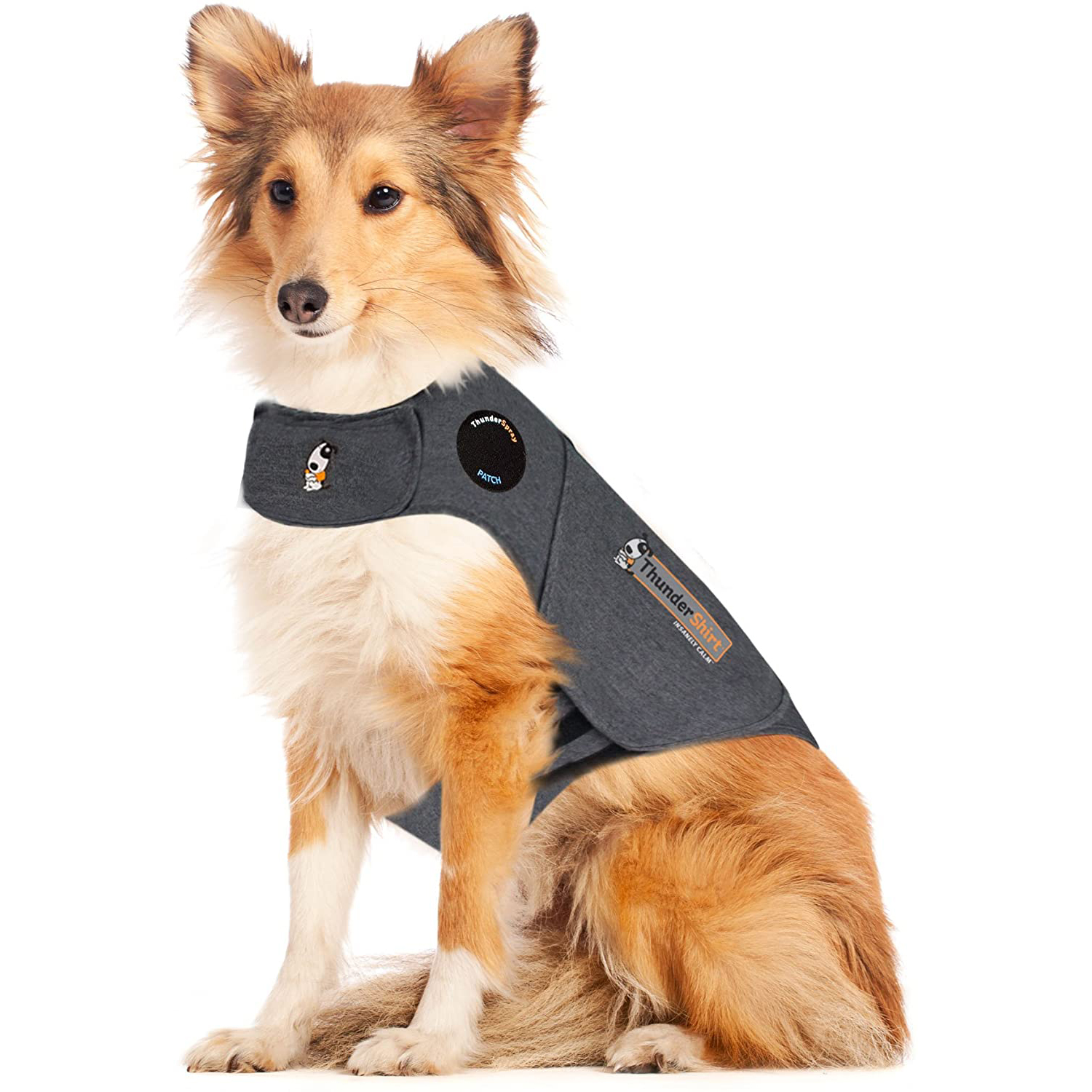

How to Prepare Your Dog Post-Pandemic as You Go Back to Work | V…

Q&A with Organizational Pro Peter Walsh + Dermatologist Shares A…

Actor Hank Azaria + Freezer Meals + Artichokes 2 Ways with Rach

See Inside Barbara Corcoran's Stunning NY Apartment + It's Steak…
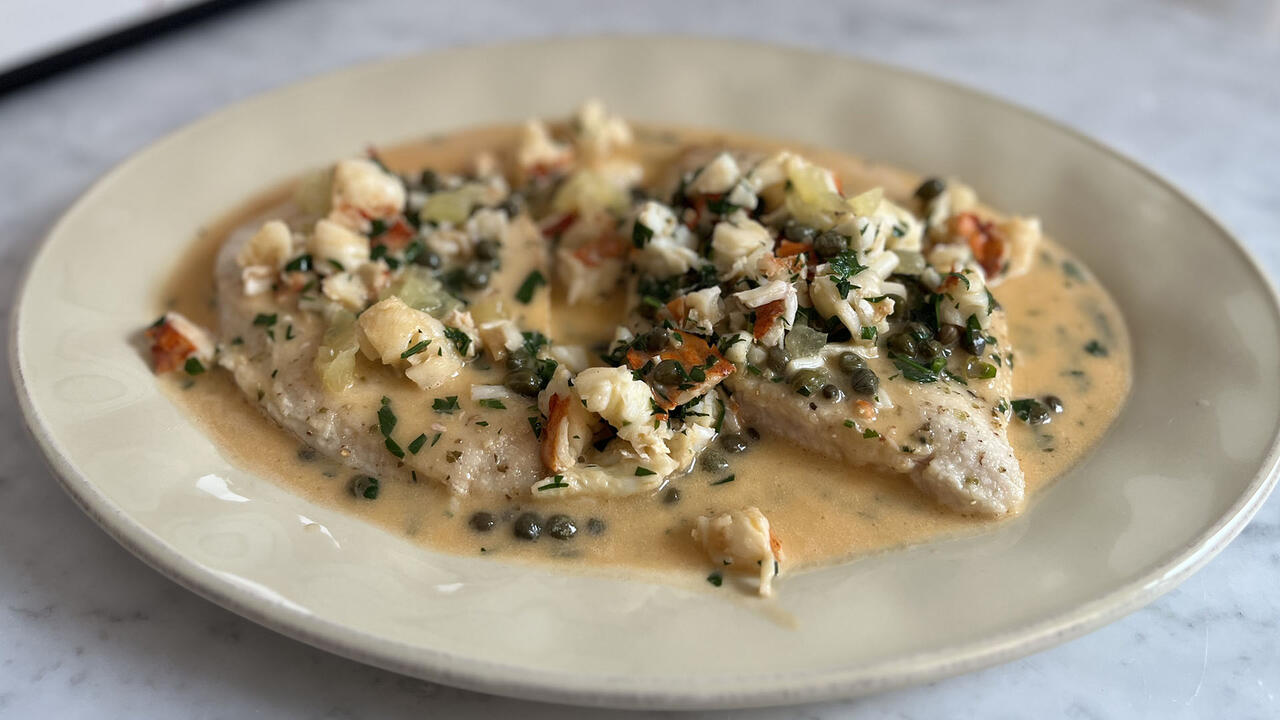
How to Make Chicken and Lobster Piccata | Richard Blais

Donnie Wahlberg Spills Details About NKOTB's First Ever Conventi…

Donnie Wahlberg + Jenny McCarthy Say Rach Is Such a "Joy" + Look…

The Best Moments From 17 Seasons of the Show Will Make You Laugh…
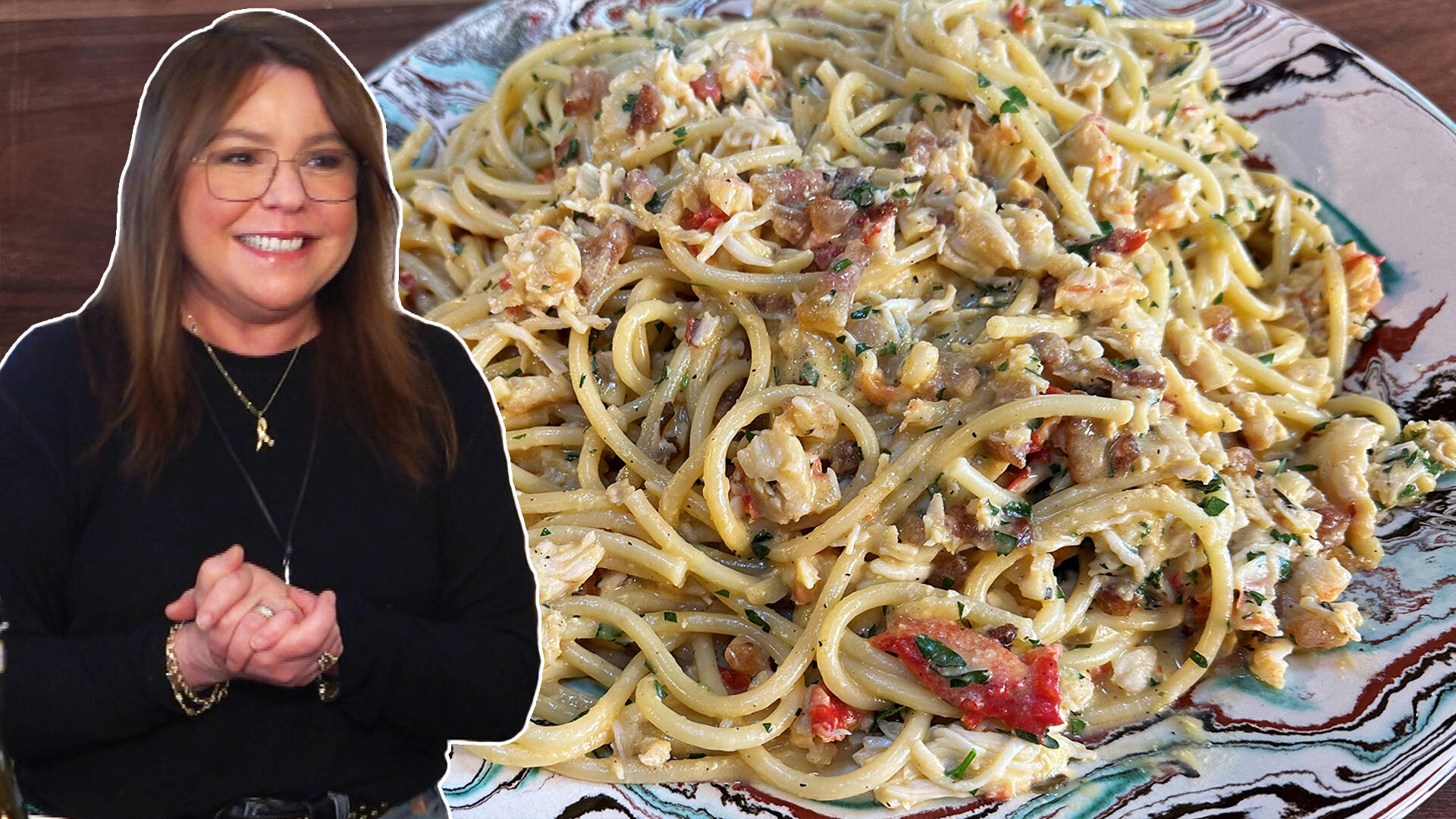
How to Make Crabby Carbonara | Rachael Ray
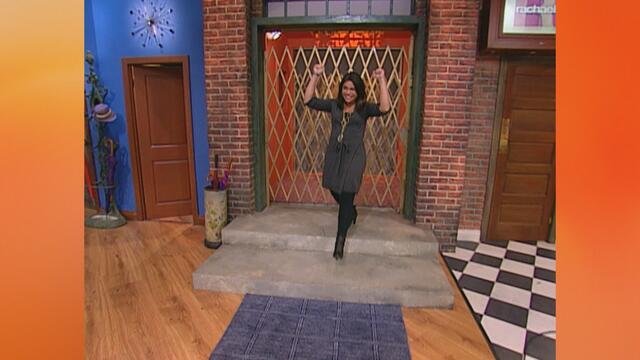
Rach Chats "Firsts" In Flashback From Our First Episode Ever In …
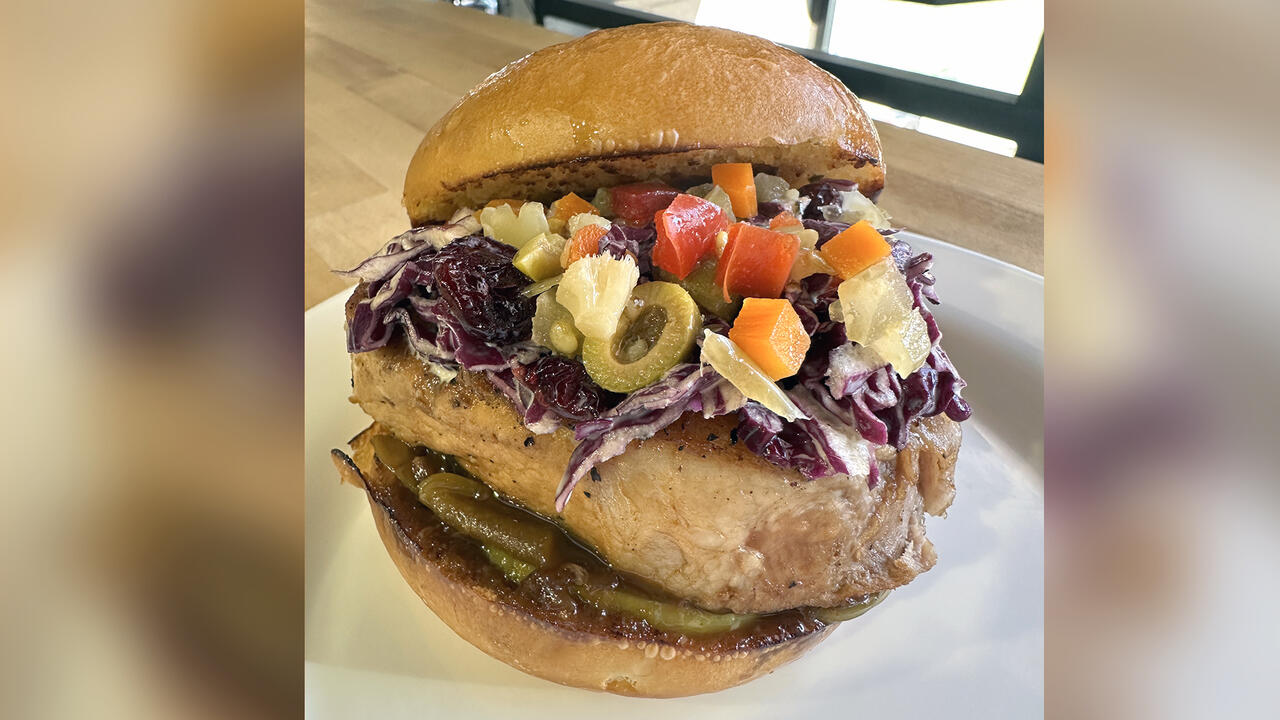
How to Make Apple-Cider Braised Pork Chop Sandwiches with Onion …
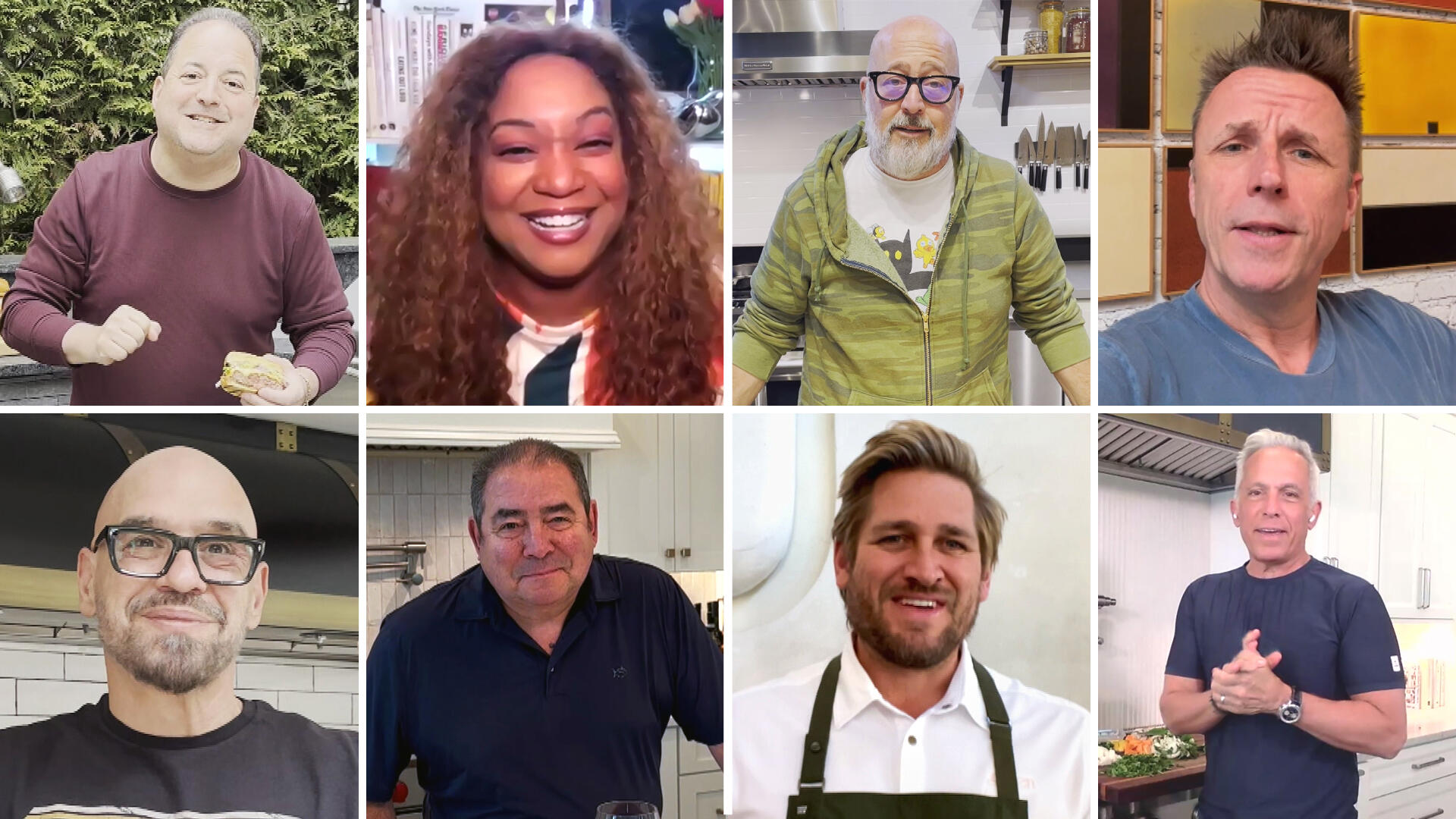
Rach's Chef Pals Say Goodbye to Show in Surprise Video Message

How to Make Sesame Cookies | Buddy Valastro

How to Make Tortilla with Potatoes, Piquillo Peppers and Mancheg…
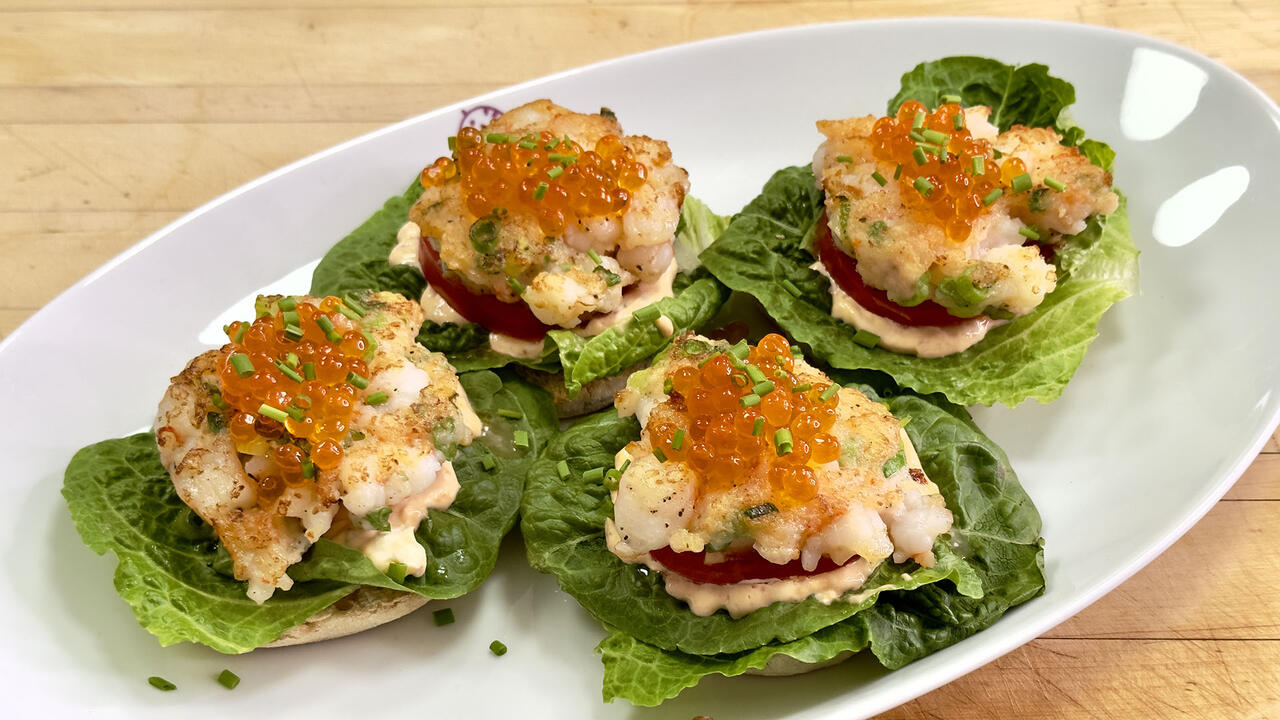
How to Make Shrimp Burgers | Jacques Pepin
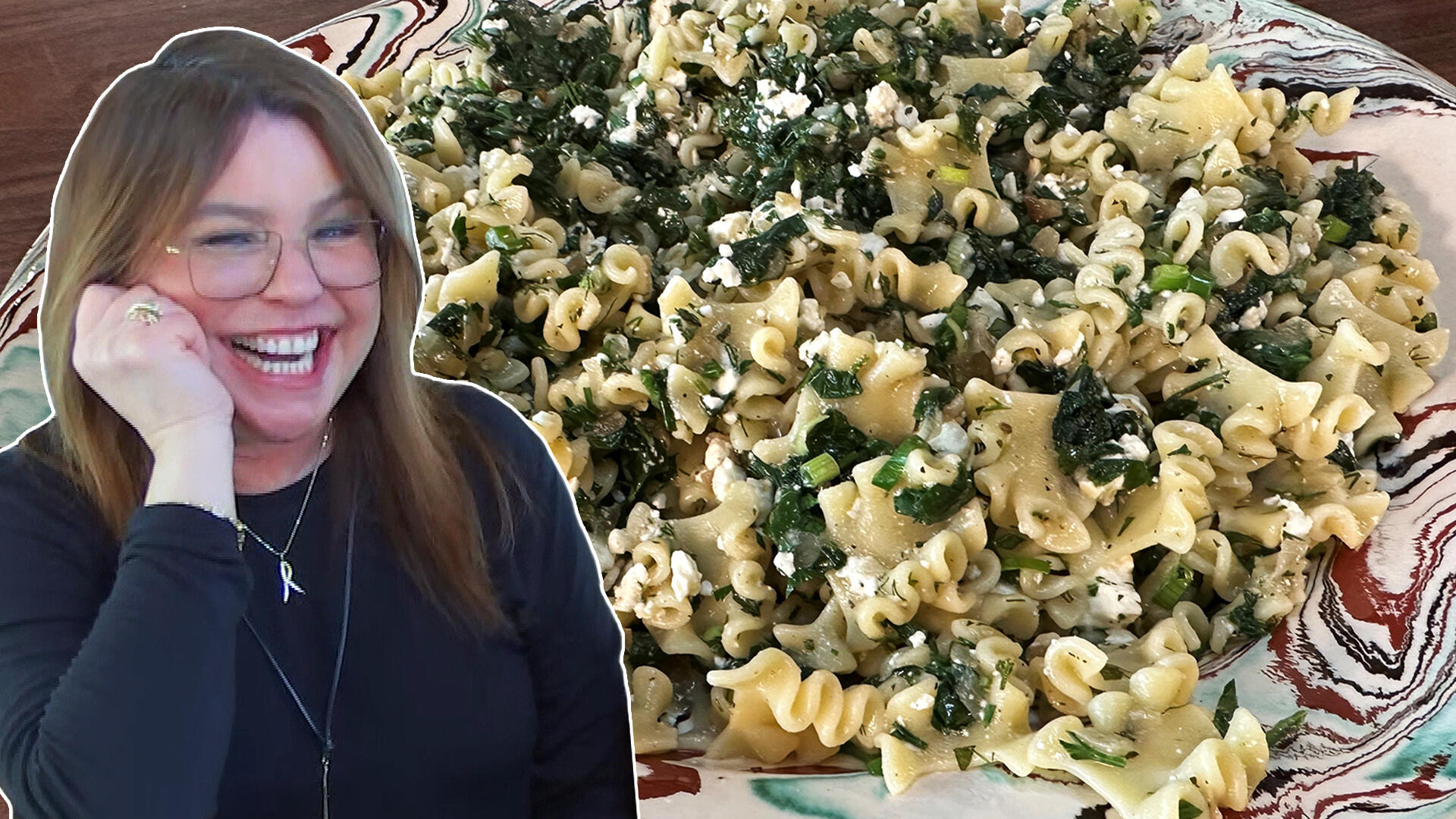
How to Make Spanakopipasta | Rachael Ray

Andrew McCarthy Chokes Up Discussing Emotional Trip to Spain wit…
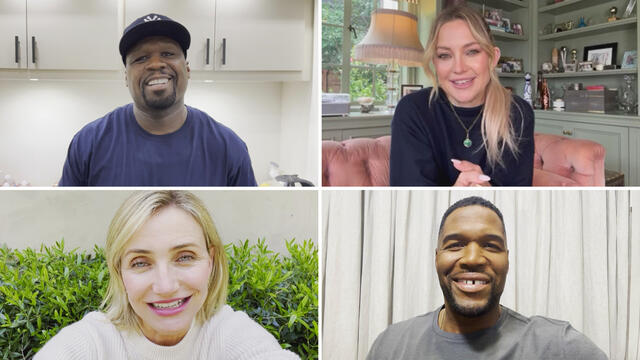
Celebrity Guests Send Farewell Messages After 17 Seasons of the …

Celebrity Guests Send Farewell Messages After 17 Seasons of the …

Andrew McCarthy Teases Upcoming "Brat Pack" Reunion Special
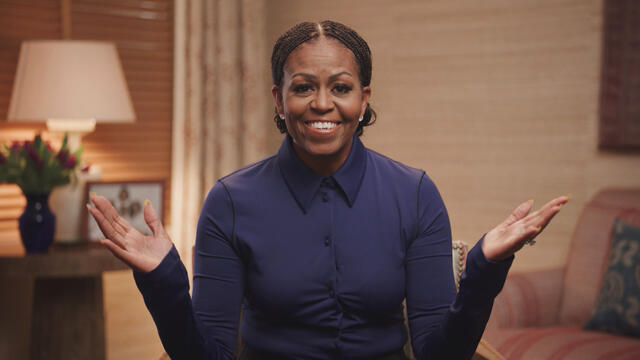
Michelle Obama Toasts Rach's 17 Years on the Air With a Heartfel…
Each product has been independently selected by our editorial team. We may receive commissions from some links to products on this page. Promotions are subject to availability and retailer terms.
Transitioning back into working from the office after working from home during the Covid pandemic is an experience many of us are dealing with, or soon will be. And as stressful as this adjustment is on us humans, our pets have no idea that we're soon going to be leaving them alone for big chunks of time during the day. To make this separation easier on everyone involved, veterinarian Dr. Courtney Campbell is sharing his best tips for how to help pets as their owners get back to work amid the Covid pandemic, including product recommendations to help ease separation anxiety for dogs.
"As we make this slow return to normalcy, it may leave pets feeling alone and anxious," Dr. Courtney says. "For a lot of pets, this is the first time in over a year that they're going to be left alone. And for many pet parents who've adopted their dogs during the pandemic, they may not even know their dog's personality while they're being left alone."
The doc recommends starting to prepare your pet one month prior to your return to work, using the following strategies.
One month before going back to work...
Adjust Your Schedule
"Start by slowly adjusting your schedule to one that you'll be able to stick to when you go back to work," Dr. Courtney advises.
"Start your daily routine like you normally would. That means putting on your shoes, turning off the TV, grabbing your keys. But instead of leaving the house, just continue doing your normal errands," he continues.
"This will help them get used to that routine and they'll feel less anxious. But don't underestimate your pet's ability to understand all the basic things you do right before you leave the house."
Give Your Dog Plenty of Exercise—Physically AND Mentally
"One of the central pillars to great behavior is exercise," the doc stresses. If you'll be using a dog walker or pet sitter when you go back to work, he suggests starting out by doing it slowly. "The key is, you want to exercise them physically and mentally, so they experience less separation anxiety behaviors."
Start Using a Crate or Pet Gate Again (If You Did Before)
If your dog normally spent time in a crate or behind a pet gate when you were at work prior to the pandemic, consider having them take their naps there again, Dr. Courtney says. "That way, they'll get used to not being by your side all day."
Leave Your Pet Alone for Progressively Longer Periods of Time
"Start the desensitization process slowly and gradually," the doc says, "where you leave them by themselves for gradually longer periods." Start out short initially, then work up to longer periods over time so they feel more comfortable being alone.
Give Special Treats (Every Time!)
"Every time you leave the house—even if it's just for 10 seconds—you should offer your pet a treat," Dr. Courtney says. "And ideally this special treat is only used when you're ready to leave the house. The longer you're gone, the longer the treat should last."
"Stuffed and frozen KONG [toys like this one] are ideal," Dr. Courtney says.
He also recommends helpful food puzzle toys like these:
Vet-Recommended Products for Easing Separation Anxiety in Dogs
"Dog appeasing pheromones can create a really calming environment, and they come in a variety of forms," Dr. Courtney explains, including diffusers, pheromone collars and compression vests.
"They can be really helpful in terms of reducing separation anxiety behaviors. What's great about these tools is you can put them wherever your dog spends a lot of time, or they can go everywhere your dog goes."
See his picks below:
MORE FROM DABL: How to Decide If Pet Daycare or a Pet Sitter Is Right For Your Fur Baby



